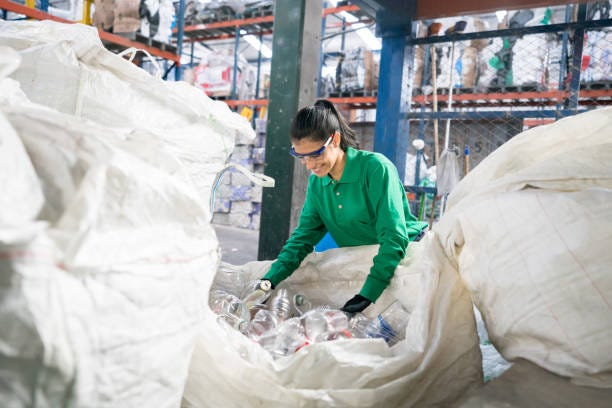Revolutionizing Sustainability: The E-Waste Management Project
In our ever-evolving digital world, technological advancements are both a blessing and a curse. While they bring convenience, they also generate a significant amount of electronic waste, or e-waste. As the world becomes increasingly dependent on electronic devices, the need for effective e-waste management becomes more pressing than ever. In response to this challenge, innovative initiatives such as the E-Waste Management Project are paving the way towards a more sustainable future.

Understanding the E-Waste Crisis
E-waste comprises discarded electronic devices ranging from smartphones and laptops to refrigerators and TVs. According to the Global E-waste Monitor 2020, approximately 53.6 million metric tons of e-waste were generated worldwide in 2019 alone, with only 17.4% of this waste being collected and recycled. The remaining e-waste often ends up in landfills, where toxic materials like lead, mercury, and cadmium leach into the soil and water, posing severe environmental and health risks.
The Birth of the E-Waste Management Project
Recognizing the urgency of the e-waste crisis, the E-Waste Management Project was conceived as a collaborative effort between environmental organizations, government bodies, and technology companies. Its primary objective is to establish a comprehensive framework for the collection, recycling, and responsible disposal of electronic waste.
Key Components of the Project
Public Awareness Campaigns: Education is key to changing behavior. The project conducts extensive public awareness campaigns to inform individuals and businesses about the environmental impacts of improper e-waste disposal and the benefits of recycling.
Collection Centers: To facilitate the proper disposal of e-waste, the project establishes collection centers in communities and urban areas. These centers serve as drop-off points where individuals can safely deposit their old electronic devices for recycling.
Partnerships with Manufacturers: Collaboration with electronics manufacturers is crucial for effective e-waste management. The project works closely with industry leaders to implement take-back programs, whereby manufacturers assume responsibility for collecting and recycling their products at the end of their lifespan.
Innovative Recycling Technologies: Traditional methods of e-waste recycling often involve hazardous practices such as burning or dismantling electronics manually. The E-Waste Management Project promotes the adoption of innovative recycling technologies that minimize environmental pollution and maximize resource recovery.
The Impact So Far
Since its inception, the E-Waste Management Project has made significant strides towards its goals. By raising awareness and improving accessibility to e-waste recycling facilities, the project has diverted millions of tons of electronic waste from landfills. Moreover, through partnerships with manufacturers, valuable materials such as gold, silver, and copper are being recovered and reused, reducing the need for virgin resources.
Challenges and Future Outlook
While the E-Waste Management Project has achieved commendable progress, several challenges remain. Scaling up operations to reach underserved communities, ensuring compliance with environmental regulations, and addressing the e-waste generated by emerging technologies are among the ongoing priorities.
Looking ahead, the project aims to leverage emerging technologies such as artificial intelligence and blockchain to enhance traceability and transparency in the e-waste recycling process. By fostering innovation and collaboration, the E-Waste Management Project is not only tackling the current e-waste crisis but also laying the foundation for a circular economy where resources are conserved and reused in perpetuity.
Conclusion
The E-Waste Management Project exemplifies the power of collective action in addressing complex environmental challenges. Through education, infrastructure development, and stakeholder engagement, it offers a model for sustainable e-waste management that can be replicated globally. As we embrace technological progress, let us also commit to responsible consumption and stewardship of our planet’s resources. Together, we can build a future where electronic waste is no longer a burden but a valuable resource in the journey towards a greener, more sustainable world.
.jpg)
Comments
Post a Comment